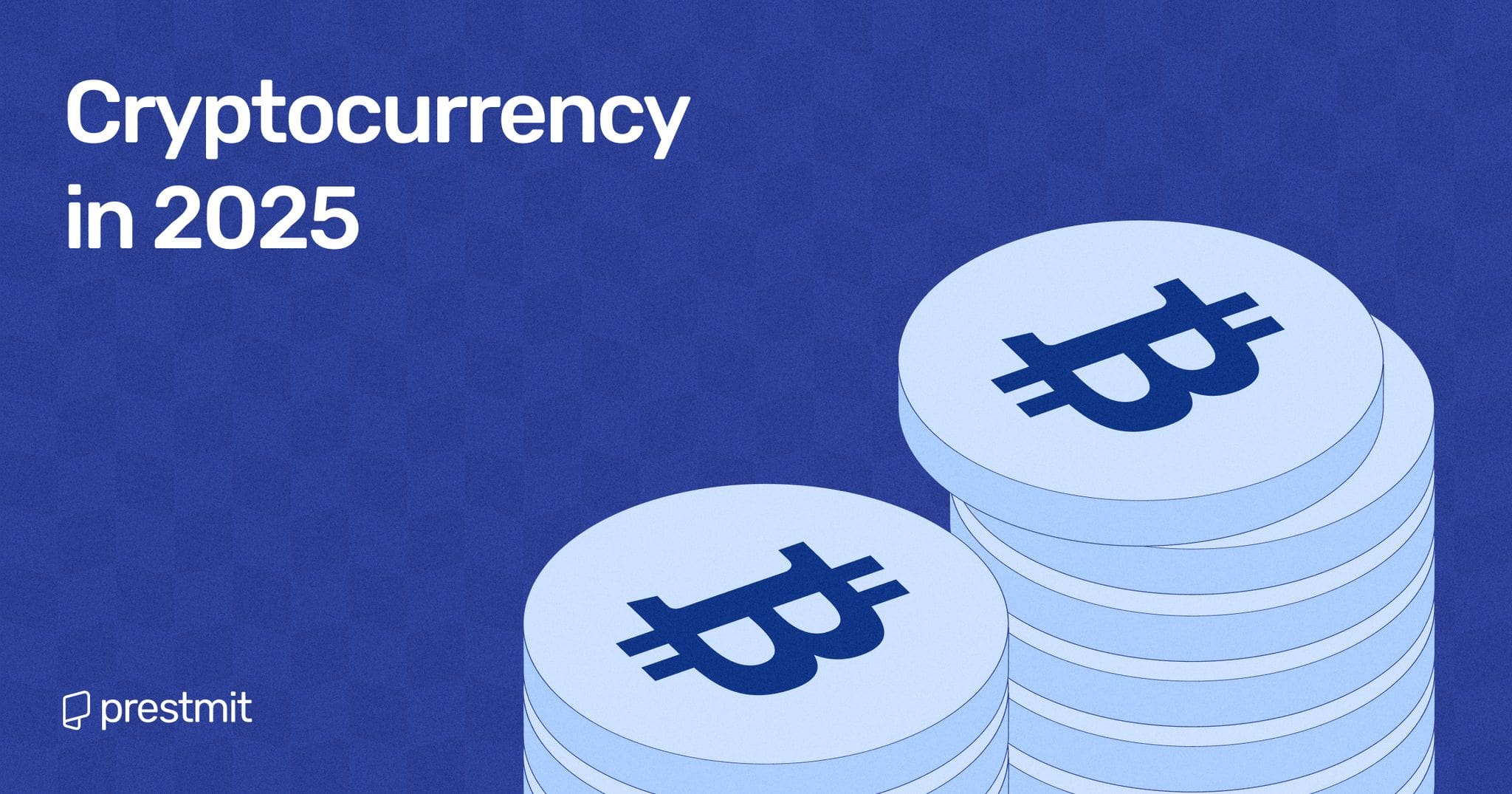Bitcoin’s Recent Slide: Analyzing the Factors Behind the Price Drop
Bitcoin, the world’s first cryptocurrency, has recently shown volatility that has caught the attention of investors and analysts alike. On Tuesday, the popular digital asset fell below $67,000 for the first time this month, marking a notable drop from its recent high of nearly $72,000 just last week. With the Consumer Price Index (CPI) data release scheduled and the Federal Reserve’s policy meeting looming, many are left wondering what the future holds for Bitcoin and the broader cryptocurrency market.
:format(jpg)/cloudfront-us-east-1.images.arcpublishing.com/coindesk/3OT6PKEMJZBALKXQZ74NECQJMU.JPG)
The Context of the Price Drop
The decline in Bitcoin’s price can be largely attributed to the market’s sudden shift toward caution amid economic indicators. Bitcoin’s fall follows the first day of net outflows in the spot Bitcoin ETF market in nearly three weeks, with outflows amounting to around $64.9 million. This downturn came after a period where the bitcoin ETFs, such as BlackRock’s iShares Bitcoin Trust and Fidelity’s Wise Origin Bitcoin Fund, had been recording significant inflows, even achieving their second-strongest inflow day shortly before the downturn. The swift exit of capital from these funds has raised flags about the overall sentiment toward Bitcoin as an investment vehicle.
Multiple market analysts credited this turbulence to heightened investor anxiety surrounding the impending inflation data and potential moves from the Federal Reserve regarding interest rates. Historically, higher interest rates can lead to decreased risk appetite among investors, which can have a direct impact on volatile assets like cryptocurrencies.
What Lies Ahead: Inflation Data and Fed Policy
As Bitcoin investors continued to digest the news surrounding the CPI report, many turned their focus to the Federal Reserve’s upcoming meeting. The implications from the Fed’s decision-making are significant, especially for risk assets like cryptocurrencies. If the Fed signals a longer period of elevated rates, this could dampen enthusiasm within the crypto community, which had seen a surge in participation fueled by speculative buying.
Increased inflation rates could exacerbate concerns regarding the stability of cryptocurrency, which has often been viewed as a hedge against inflation. The remarks from Fed Chair Jerome Powell post-meeting will likely play a crucial role in shaping market sentiment going forward. As one trader observed, “Investor interest in Bitcoin often mirrors broader economic conditions, and the Fed’s actions are pivotal.”
Market Reactions: The Broader Ecosystem
The ripple effect of Bitcoin’s declining price has been felt across the broader cryptocurrency market. Other major assets like Ethereum also saw substantial drops, with ETH falling to under $3,500. Additionally, the CoinDesk 20 Index hit a significant dip, underscoring a general bearish trend across multiple digital assets.
:format(jpg)/cloudfront-us-east-1.images.arcpublishing.com/coindesk/AA22ZCDQC5EFHN5GAJ262AROWE.jfif)
The ETF Landscape: A Closer Look
The recent data reflected that strong inflows into Bitcoin ETFs were fueled not just by bullish sentiment but also by strategic trades designed to exploit arbitrage opportunities between spot and futures markets. This indicates that while investor interest in Bitcoin remains complex, it is subject to influential economic narratives. The abrupt change in ETF flows presents a unique market phenomenon that is important for investors to monitor closely.
The scrutiny around ETFs designates them as a critical barometer for Bitcoin’s health as they represent institutional interest in cryptocurrency. The market’s failure to maintain momentum after a robust inflow period highlights the delicate balance investors must navigate amid broader economic uncertainties.
Conclusion: Navigating Uncertain Waters
As Bitcoin continues to test fragile support levels, investors are positioned at a crossroads defined by macroeconomic dynamics and cryptocurrency’s volatile nature. The upcoming CPI release and Federal Reserve meeting will be pivotal in shaping sentiment in the weeks to come. Investors looking to the future must balance intuition, market trends, and external economic indicators to make educated decisions.
The contrast between recent highs and the current price levels serves as a reminder of the inherent risks associated with cryptocurrency investments. For many, the question remains not just about the current market trends, but about how the intersection between economic policy and digital assets will evolve in this ever-changing landscape.
:format(jpg)/cloudfront-us-east-1.images.arcpublishing.com/coindesk/D2WZ2ESQF5ALRP2ZMUQZZH4AME.JPG)














